A Living Text.
-
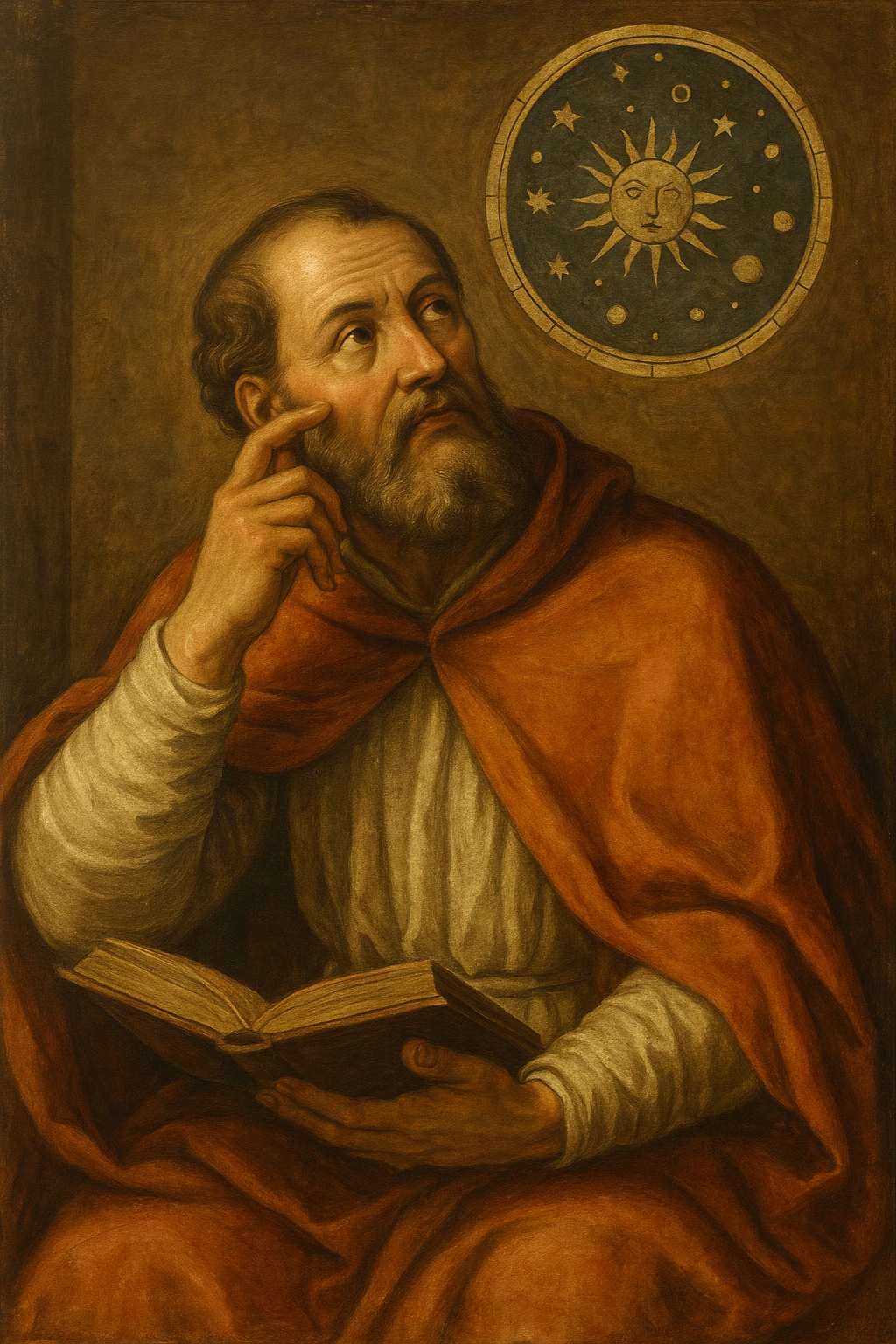
St. Augustine on Astrology
When he was younger Augustine practiced Astrology until his friend Firminus told him about two people he knew born at the same time, one born of a rich family and one of a slave. Augustine realized that if he had to make predictions for their lives: The realization that after inspecting the same data I…
-
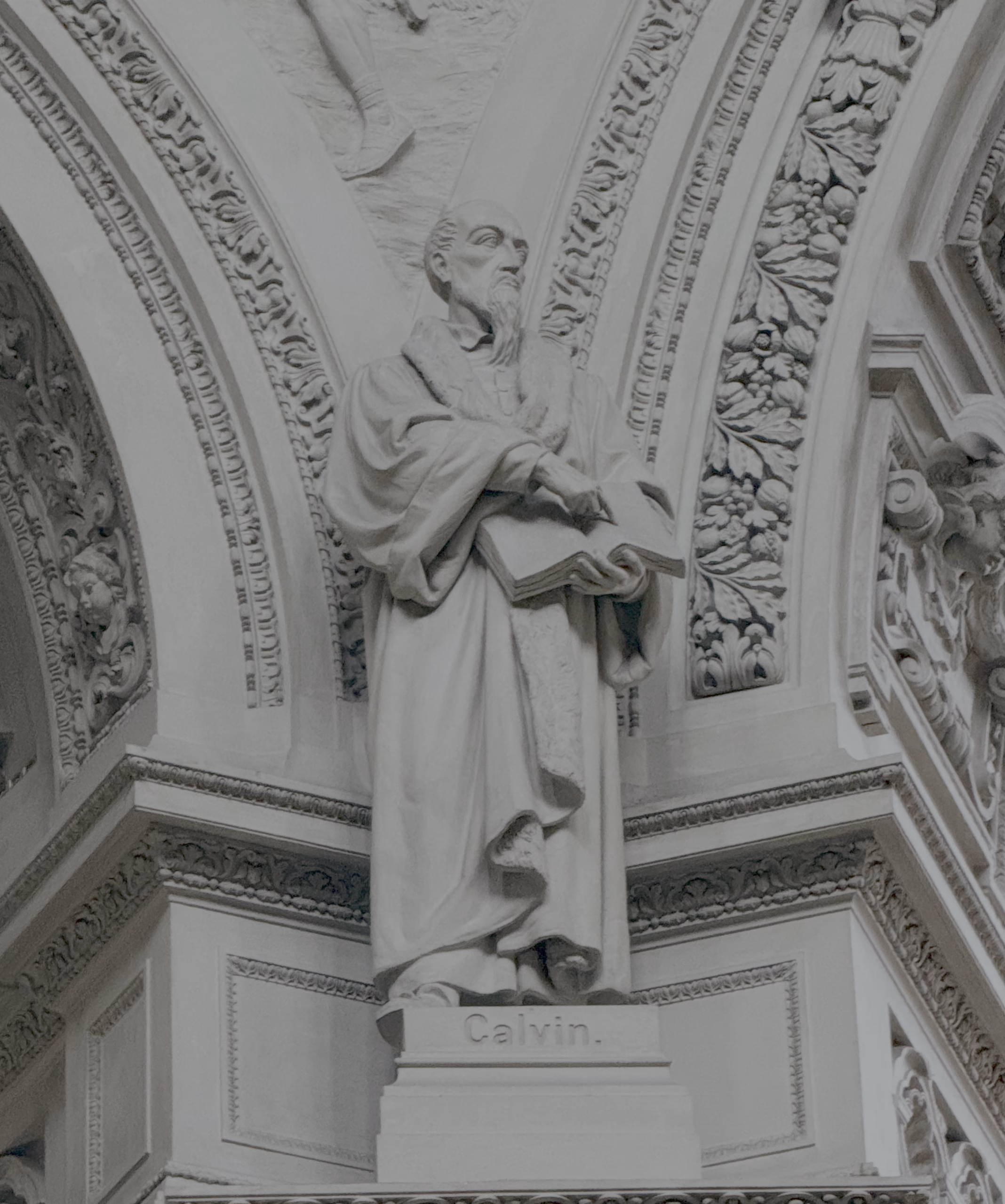
Church Fathers?
Who can say that Christianity has had the time to translate the totality of its contents into institutions? I have the impression that instead we are still at the beginning stages of Christianity. —Remi Brague The dominant view of history within American Christianity is that we have fallen from a golden age of knowledge with…
-
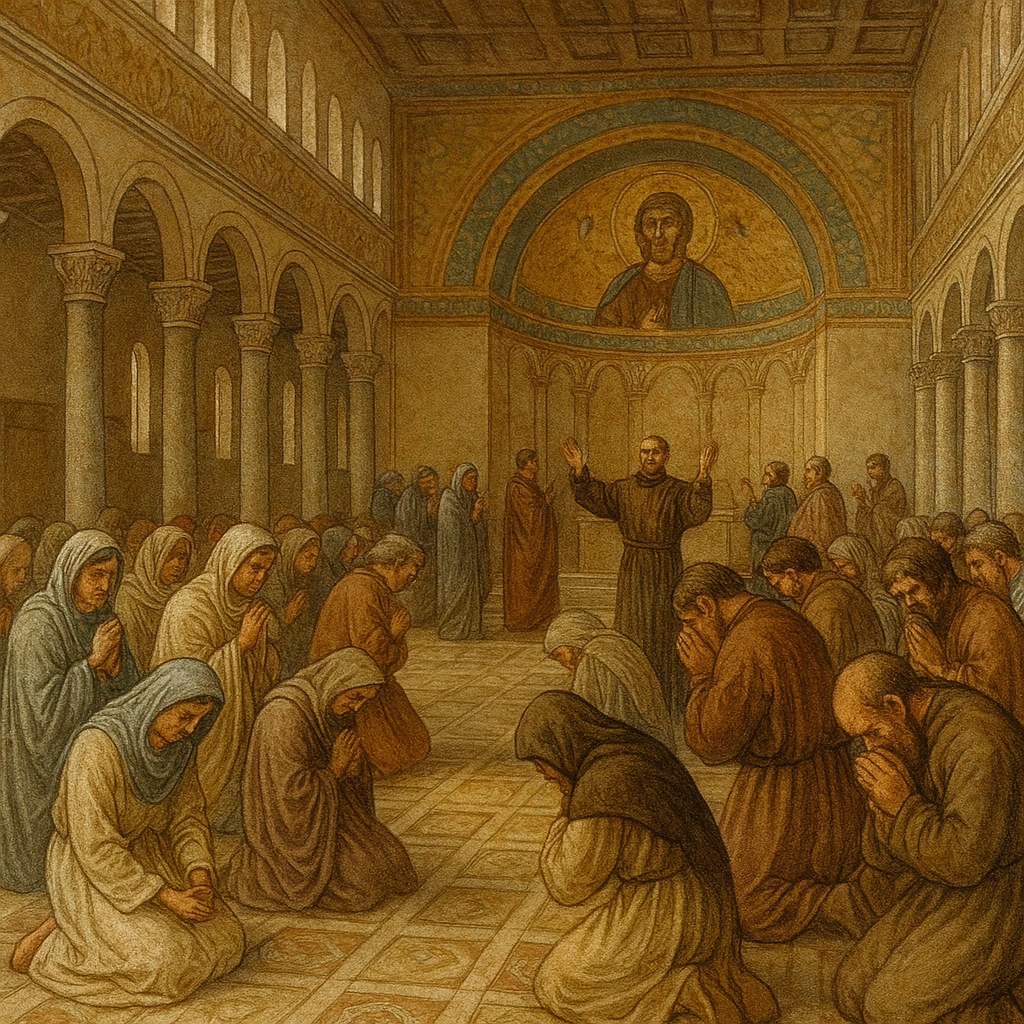
The origin of Lent
According to The Oxford History of Christian Worship, “The basic lines of the Roman Lent…suggest the formation of this enormously complex system sometime in the late fifth century.” It continues, The forty-day Lent most probably began at Rome as a continuous preparation for Easter sometime in the late fourth century. Prior to that we can…
-
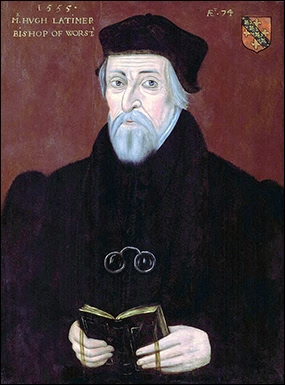
The Reformation was About Idolatry
Peter Leithart wrote a post about the centrality of idolatry to the Reformation. I strongly concur with what he says, and I think his point is largely lost in modern Protestant polemics. The emphasis usually is placed on justification, when idolatry was every bit as large a concern, and I believe that you see more…
-
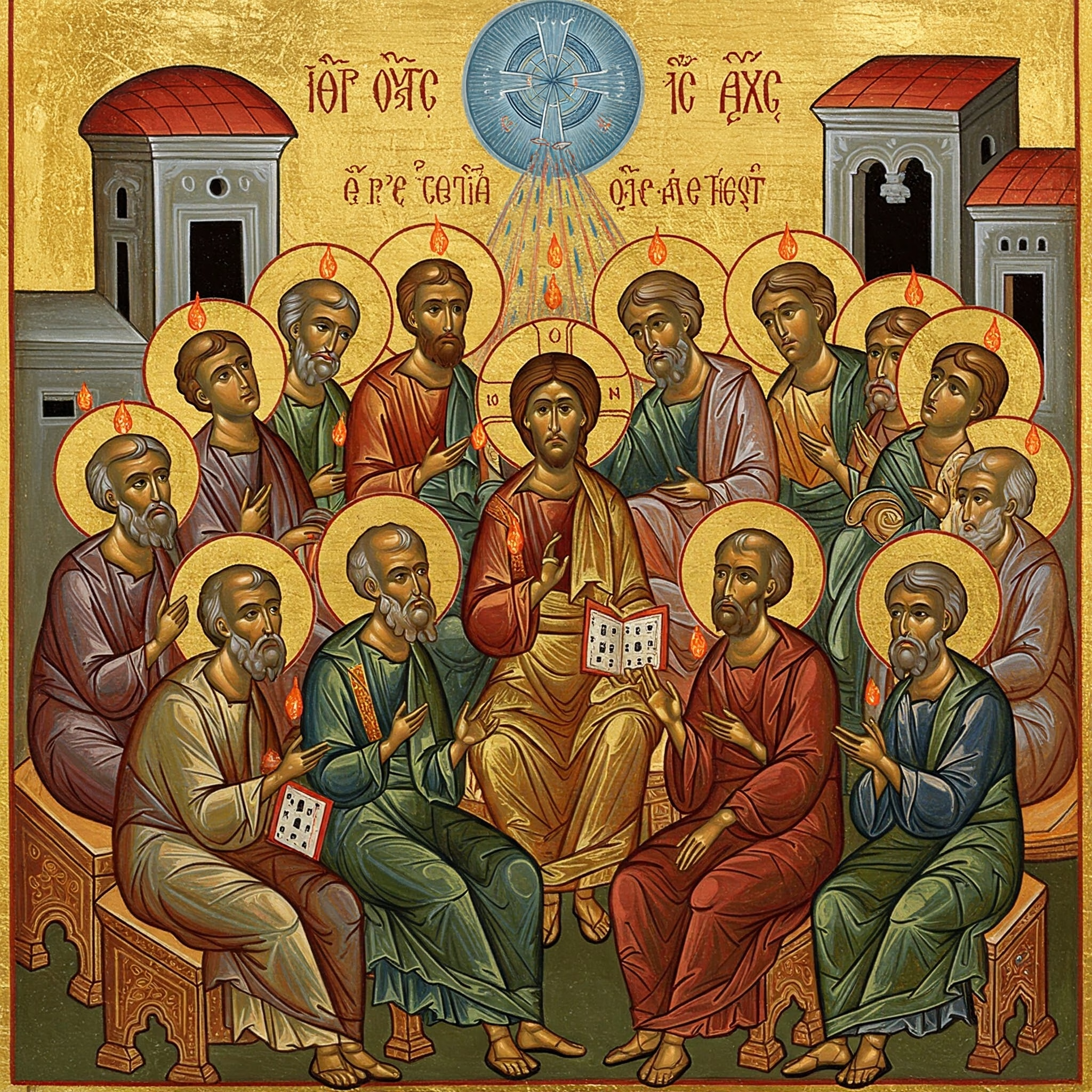
Theological Reflections on the Charismatic Movement by J.I. Packer
In 1980, J.I. Packer wrote a series of articles for Churchman about the charismatic movement. His conclusions were wise, and they follow below. Some conclusions are now in order. 1) The common charismatic theology of Spirit-baptism (common, at least, in the world-wide movement as a whole, if not in particular segments of it in Britain…
-
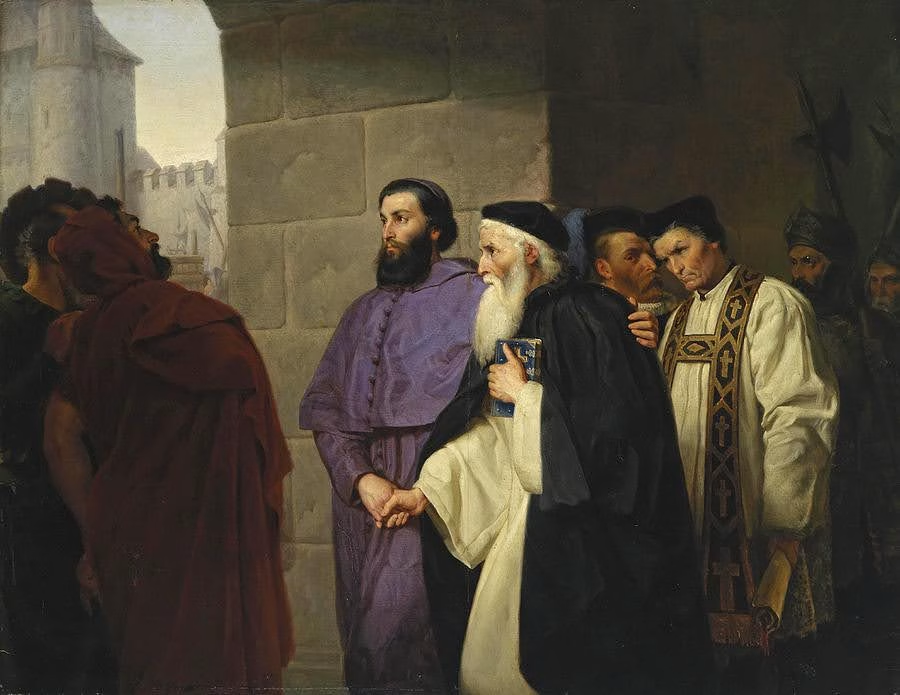
Omissions from the Book of Common Prayer
Someone pointed out some alterations to the Book of Common Prayer (BCP) that made it depart from the tradition of the Church in what seems like inexplicable ways. This was news to me, but when I looked into it, I found it to be true. The changes noted are: [1] The text of the Sanctus…
-
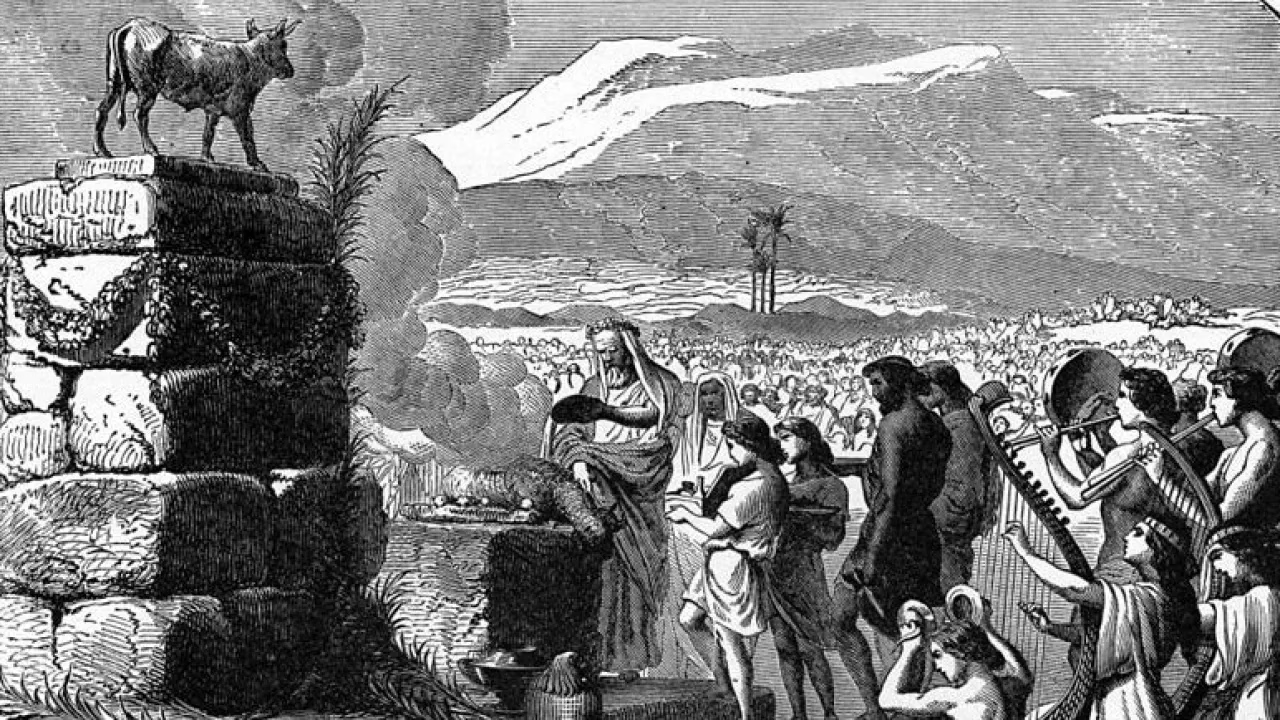
The Golden Calf
Israel and Judah worshiped Yaweh in a compromised way that included the worship of deity via statues. This is what happened when Aaron first instituted the golden calf to worship Yaweh – note that Israel was not worshiping other gods, they were worshiping the one true God via a statue. John Sailhamer offers the following…
-

SOMA USA, part II
I am continuing to read through Dr. John Maiden’s paper Renewing the Body of Christ: Sharing of Ministries Abroad (SOMA) USA and Transnational Charismatic Anglicanism, 1978-1998. He writes: After the decision to establish SOMA USA in 1985, the American national body maintained close links with SOMA International but was also able to operate unilaterally, with…
-

Sharing of Ministries Abroad (SOMA) USA
Dr. John Maiden traces the history of SOMA in a paper titled Renewing the Body of Christ: Sharing of Ministries Abroad (SOMA) USA and Transnational Charismatic Anglicanism, 1978-1998. He writes: In April 1985 leaders of the Episcopal charismatic renewal movement gathered in the flagship charismatic evangelical Truro Church in Fairfax, Virginia to discuss the formation…
-

VI.6 AMiA Collapse
According to Thad Barnum, Chuck Murphy had decided that the AMiA should leave Rwanda and had met with retired Archbishops about the future of AMiA outside of Rwanda. Now he returned to Rwanda for the September 2011 House of Bishops (HOB) meeting along with Kevin Donlon and Susan Grayson, his Chief of Staff. If the…